Step ‘Into the Dark’ with ‘Terror Vault’ at the SF Mint (Review)
In its second year, the San Francisco event continues to dispense laughs and screams
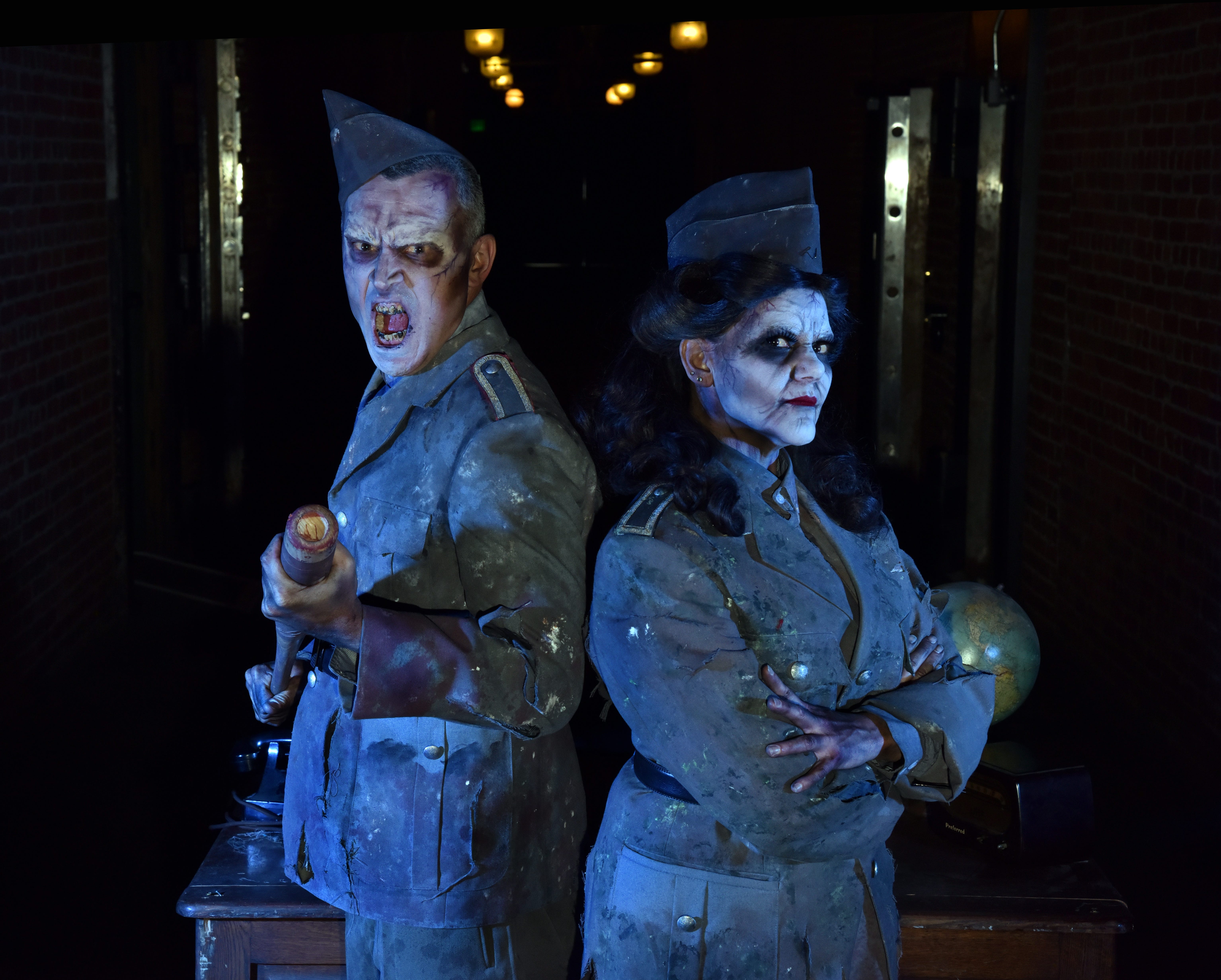

Past the large proscenium theatre houses and around the corner from the shopping malls and high end storefronts, a towering building stands just out of view from the main drag of Market Street in San Francisco.
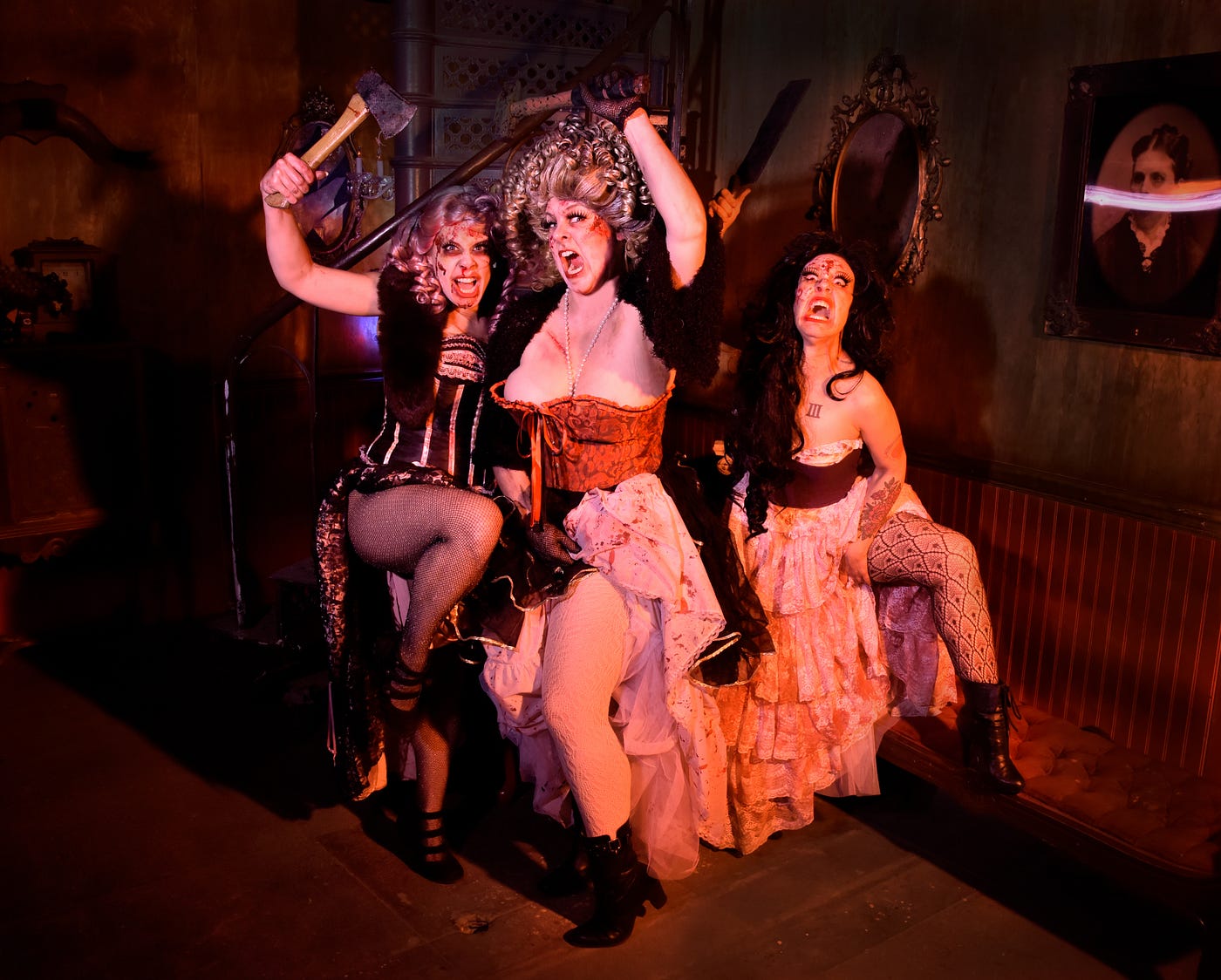
A looming stone behemoth towers above the street. The enormous portico, flanked by large wings is instantly recognizable as the old US Mint. It’s one of the rare buildings to have survived the great 1906 fire, and the historic appearing Greek revival structure stands alone in neighborhood in constant flux. A state and national historic landmark, “The Granite Lady,” a misnomer for a building largely built with sandstone, was erected in the mid to late 1800s to serve the mines during the California Gold Rush. The building had sat closed to visitors for over a decade until relatively recently. Its storied history and inaccessibility lent the Old Mint an air of mystery that it shares with other remnants of the Barbary Coast, an ever vanishing element of lore in an area known more for the ghosts of dot com booms and startups lost than for the men and women who lived and died here just a few generations ago. The building became available a few years ago as an event space, although given its unique character and massive footprint, it was, more often than not, empty. However, in recent years, the building has found, at least for part of the year, a new resident. Peaches Christ, AKA Josh Grinnel, a prolific drag queen, producer, and filmmaker, has embraced the creepy, sprawling and auspicious space, and the building is now best known for its Halloween event, Into the Dark, and, in particular, its best known haunt Terror Vault.
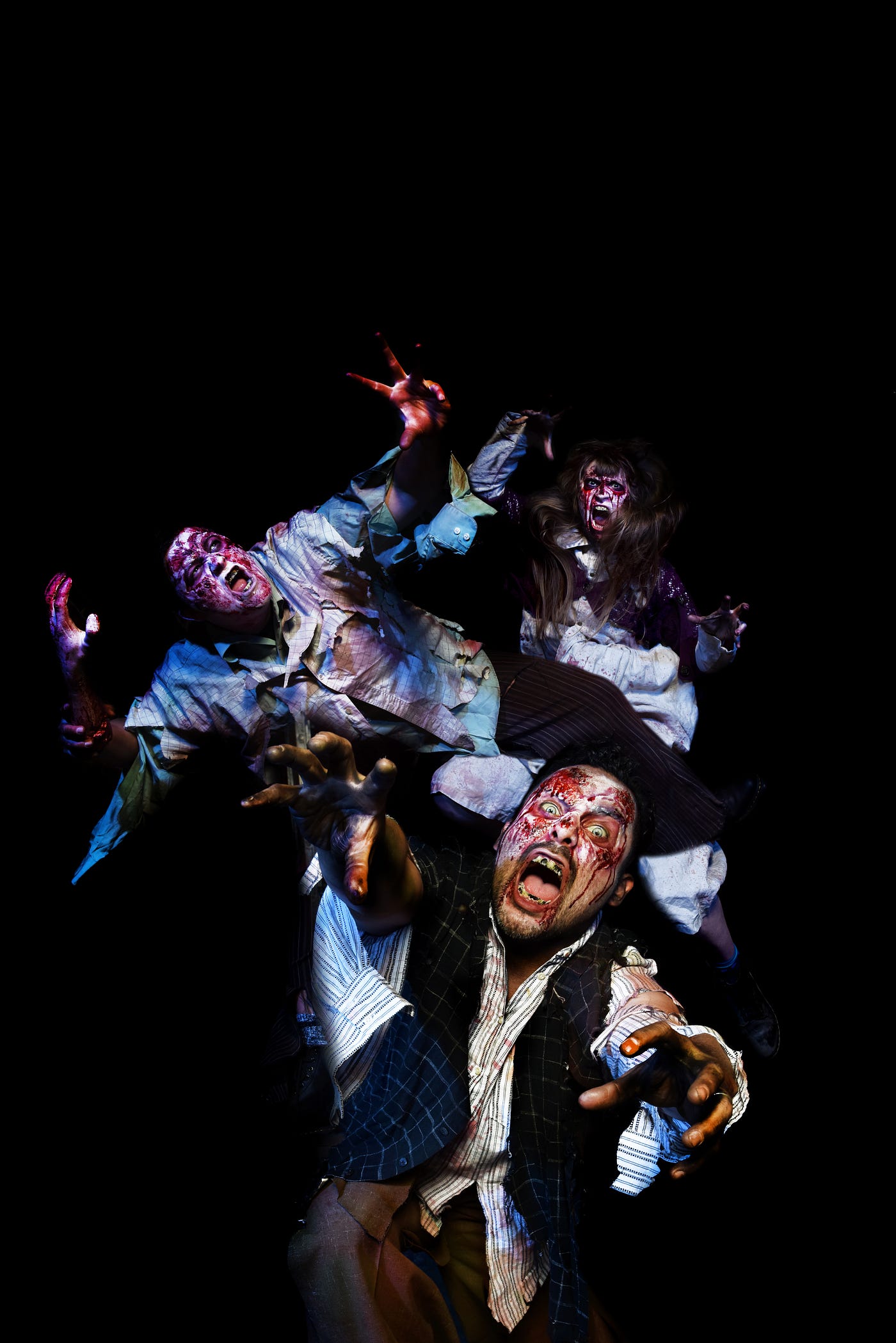
As I step off the street and up the large stone staircase leading to the looming Doric order columns, the glow of blood red lights emanates off the building. Large hanging banners announce the event, the visages of several macabre and horrific characters hint at the terrifying experience that lurks behind the doors. The street is oddly still, and I can hear the hum of activity inside. I step tentatively towards the entrance, steeling myself and running through my usual Spooky Season self assurance that I do in fact enjoy these experiences, despite my usual pre-show jitters. “Why do I do this to myself?” But I take a deep breath, and I summon the courage to push forward, and I’m greeted by…. An ID check.
Into the Dark is a 21+ event (a few nights of the week are 18+). While the production claims this is because its just THAT scary, it appears the real reason for the limitation is the alcohol served at the bar. Upon entering the Morbid Midway, guests can experience the bar, complete with themed cocktails, beer, and wine, as well as a cafe, pinball games, a gift shop, and even a fortune teller. Entry to the midway is included with your show ticket, or can be purchased separately for those who aren’t interested in the main attractions` .
However, the main event is the Terror Vault, a 45 minute “immersive horror” experience. Stepping out of the midway and into the queue for the experience, the first order of business is a series of disclaimers and explanations. Chief among them is the ability to “opt in” or “opt out.” Guests may wear a glowstick necklace to signify to performers that they’re “all in.” In doing so, they consent to be touched, singled out, isolated, or fed. Those who prefer to avoid these interactions and have a more “passive” experience may opt out by not wearing the necklace, and the necklace can be removed at any time during the tour.
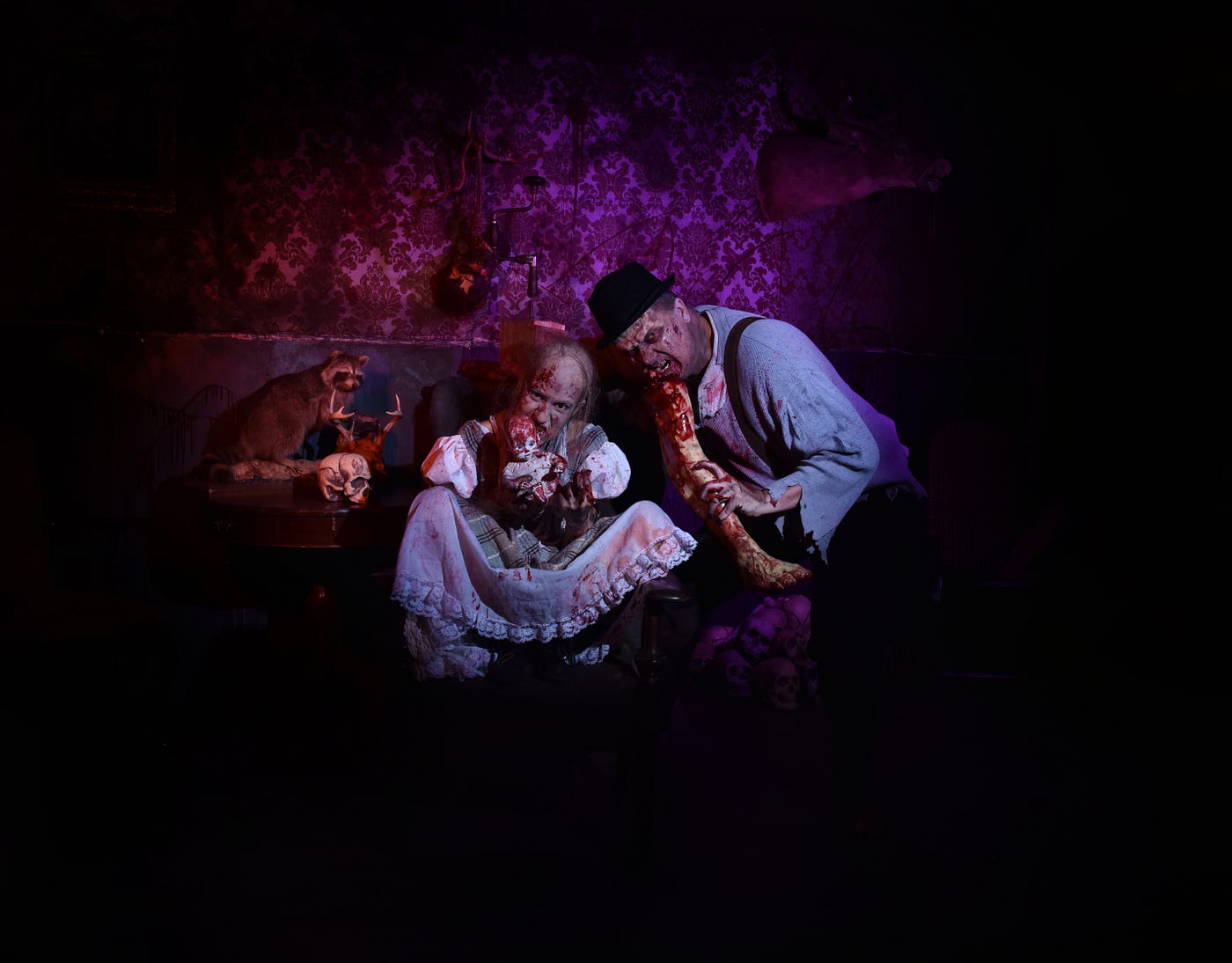
Because the building sat empty for so many years and doesn’t offer regular tours, little is widely known, outside the basics. The creators are free to play fast and loose with the history. It seems just feasible enough that in all its years of disrepair, the building actually was home to a makeshift prison for the most devious and maniacal of San Francisco’s criminals. The show’s first scene acts as an effective prologue. Through some very brief but efficient video presentation, the stage is set and the show’s backstory established. The real and fictional histories of the building seamlessly merge, and we’re off to meet face to face with the gallery of psychopaths and monsters we’ve just learned about, but feels like we’ve been afraid of all our lives.
Get Brian Resler’s stories in your inbox
Join Medium for free to get updates from this writer.
SubscribeSubscribe
The show progresses from room to room — each tableau a disquieting or grotesque affair. Each actor more energetic or committed than the last. Each stop introduces us to another character. The glimmer of recognition from the introduction enough to tie the other disparate scenes together into a somewhat cohesive whole. The scares are mixed — some bits are unnerving, some visceral, others skin crawling. Some scenes played more comically but were able to quickly shift to horrifying, while others remained creepy throughout. Each scene effectively builds tension, and while often times the jump scare at the end was telegraphed to the point of predictability, it still felt cathartic when the scream or the laugh finally arrived.
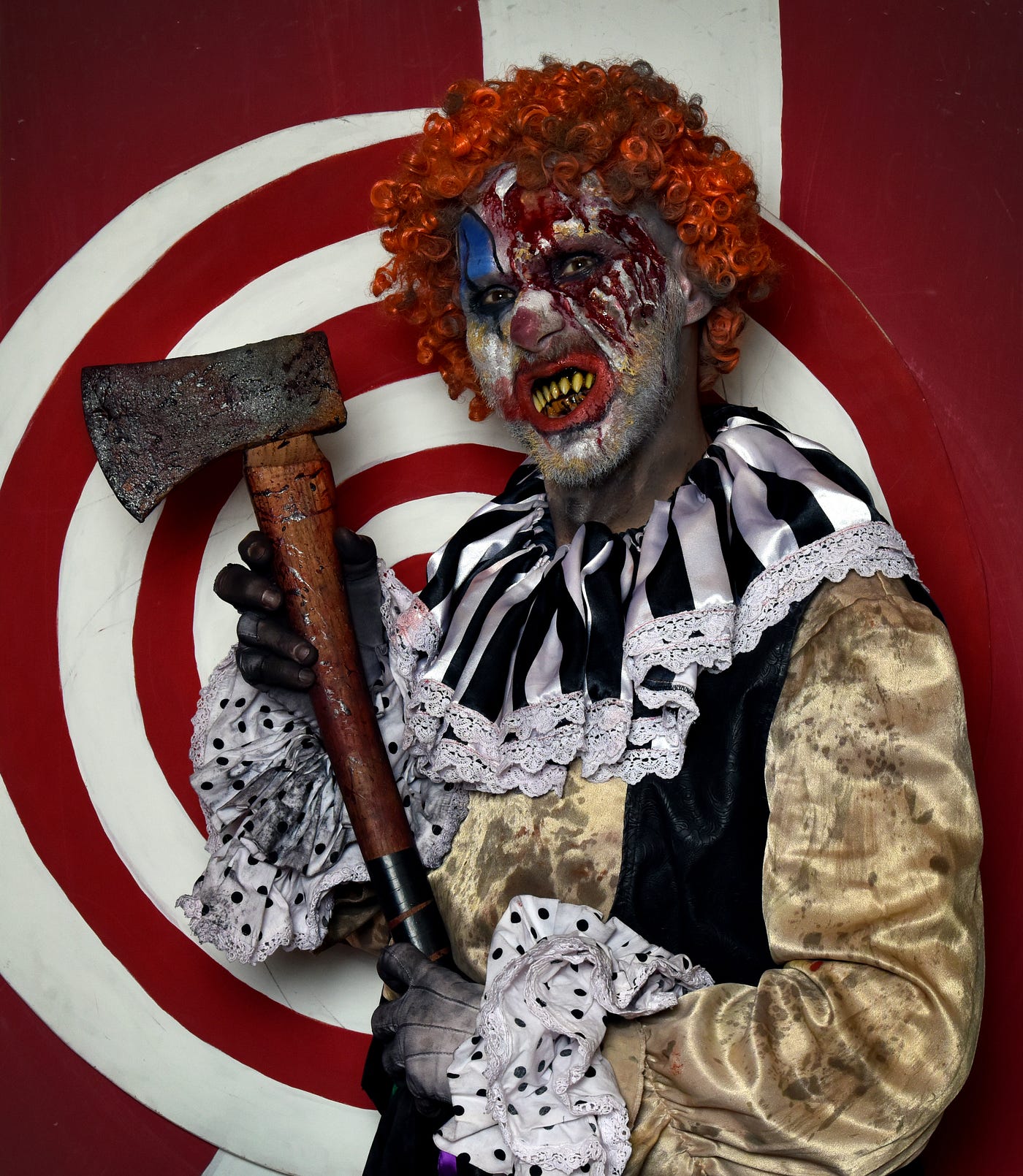
If there was one weak point, it was the necklaces. The experience of “opting in,” felt somewhat tacked on, as if Terror Vault had been built for those opting out, and the additional components added on afterwards. Several times I’d notice an actor glance at my necklace and then notice their expression change as they searched for a way to interact, grabbing my hand or running it along my face. Being fed a fruit rollup did little to add to the experience of a cannibal’s den, nor did awkwardly standing still while a clown drew a red nose on my face. Mileage may vary, as some visitors were isolated or separated for scenes and experiences that I cannot speak to (this appears to be the part of the show that features the much buzzed about nudity, as my experience was decidedly PG-13).
The finale of the show takes place in the titular vault, where participants are set free on a mission to save themselves by finding a bunch of hidden rats (it made sense in context, I think). It’s exceedingly rare in immersive experiences to feel as if the crowds were too small, but given the cavernous expansive space, our small group (which felt appropriately sized and claustrophobic throughout the show) suddenly felt small, and the chaotic experience that was designed lost some of its frenzy as it struggled to fill the space with participants and actors. A small quibble, to be sure, for a show that was otherwise well designed, and more importantly, spaced and timed so effectively that other more established haunts should take note. It was also a small miracle that there was very little sound leak, and if not for the throng of people we left behind in line, it would be easy to believe we were the only victims lost in an otherwise abandoned building.
New this year is the addition Apocalypse. Billed as an escape room style experience, teams are tasked with “saving the world” from a zombie invasion. Greeted by camo-clad military ensemble, each participant is given a bracelet with a small device on it. Tap your bracelet on 10 out 12 check in points, and you earn the antidote to save the world from the zombie virus. Most checkpoints were earned through solving a series of puzzles. While the scenes and puzzles were mostly entertaining, the time constraints imposed by the constant flow of participants through the experience meant that little time could be spent in each space. The puzzles are simple, for the most part, and can be solved within the very brief time period (only a few minutes) allotted before moving onto the next scene (via a well themed maze of zombies and more traditional jump scares) but are not likely to satisfy any experienced escape room enthusiast or puzzle solver, at a price point higher than some of the best horror themed escape rooms. As a maze, the experience is more successful and would certainly feel right at home with many familiar theme park haunts, but fails to reach the heights of the Terror Vault upstairs.
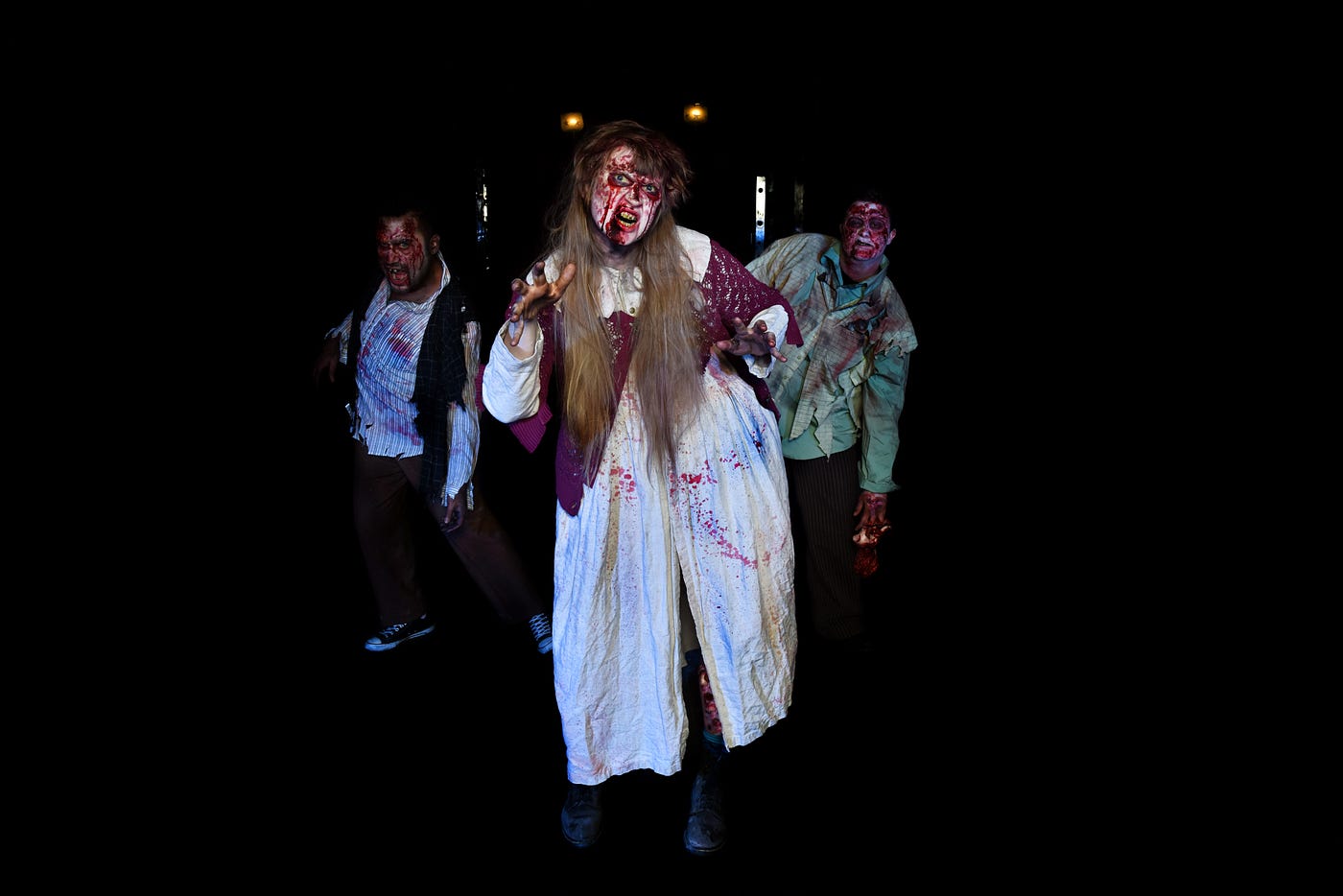
Into the Dark ultimately lives up to its reputation. Only in its second year, the experience deserves the hype that it’s generated. Its mix of shock, suspense, and humor is well balanced and lingers long after you’ve arrived safely at home. As the experience continues to evolve and change each year, I’m absolutely looking forward to seeing what’s next and hope that it continues to establish itself as the pre-eminent Halloween event that the Bay Area has been craving for years.
Into the Dark continues through November 10, 2018. Terror Vault tickets are $62. Apocalypse tickets are $35. Combo tickets are available.
NoPro is a labor of love made possible by our generous Patreon backers. Join them today!
In addition to the No Proscenium web site, our podcast, and our newsletters, you can find NoPro on Twitter, Facebook, YouTube, Instagram, in the Facebook community Everything Immersive, and on our Slack forum.
Office facilities provided by Thymele Arts, in Los Angeles, CA.